by Mike –
Isetta
Iso created this unique car design in the early 1950s, an obvious extension of their motorcycle business. Starting in 1954, the Isetta design was licensed to automobile manufacturers around the world: France (by VELAM), Spain, Great Britain and Brazil (by Romi). The most successful, however, was the BMW Isetta. The Isetta was a financial success for BMW and the royalties paid to Iso allowed Renzo Rivolta to move on to developing GT cars and the income from the Isetta was important for BMW as well.
Iso Rivolta GT
In 1962 Iso Rivolta made their first Grand Touring (GT) car – and what a car it was, and still is – the Iso Rivolta GT. With chassis design by Iso engineer, Pierluigi Raggi and Giotto Bizzarrini and styling by Giorgetto Giugiaro of Bertone, Iso made a comfortable four seater that handled like a sports car. It is powered by a Chevrolet Corvette 327 cid engine and has disk brakes on all four wheels with the rear being in-board, like a race car.
The motoring press loved this car and what’s not to love? Italian styling and American power – a great combination. There were 799 Iso Rivolta GTs produced between 1963 and 1970.
Iso Grifo
The Iso Grifo A3/L was based on a shortened Iso Rivolta GT chassis and was introduced at the 1963 show in Turin. The “L” stands for lusso, or luxury. The Grifo is a beautiful, timeless handmade design that still looks fresh and modern today, styled by Giorgetto Giugiaro of Bertone. The motoring press loved the Grifo as well. The Grifo was the fastest production car one could buy in 1966. This version used the same 327 cid Corvette engine as the Rivolta GT.
In 1968 Piero Rivolta decided to produce a more powerful Iso Grifo and installed a Corvette 427 cid (7 liter) engine into a Grifo. The engine did not fit in a compartment intended for the 327 cid, so Iso designed a different type of hood scoop to accommodate the larger engine. It is probably the most unusual engine hood scoop ever made and people either love it or hate it. And even if they hate it, they remember it. I love it.
The Iso Grifo series two, introduced in 1970, was basically the same car as the series one Grifo with the headlights partially covered.
In 1972 Iso started using the Ford 351 cid Cleveland engine and these Grifo IR8 models can be recognized by a taller hood scoop.
Iso Grifo A3/C
The competition version of the Grifo was named Iso Grifo A3/C (C for Corsa). This was a different body design than the A3/L and Giorgetto Giugiaro, of Bertone, was again responsible for the styling. It had a lightweight riveted aluminum body and everything about this car was designed to win the 24 Hours of Le Mans.
It was low to the ground, lightweight, used under the car aerodynamics and the engine was pushed far back in the chassis so that it is a front-mid-engine placement. The engine is placed so far back that the distributor is under the dashboard and a panel on the dashboard is removed to access the distributor.
The result is almost a 50/50 weight distribution front to back. The doorsills are also gas tanks for improved weight distribution. The Iso Grifo A3/C has a top speed of 170 MPH.
The Iso Grifo A3/C became the Bizzarrini GT 5300 when Giotto Bizzarrini split with Renzo Rivolta.
Iso Fidia
The Fidia was initially called the Iso Rivolta S4 when introduced in 1967. “The World’s Four Fastest Seats” was the Iso marketing slogan.
John Lennon liked the Fidia very much and he bought the second Fidia made, and the first with right hand drive. It is believed that Apple Corp (the Beatles record company) also owned two Fidias.
The Fidia body style is by Giorgetto Giugiaro when he was with Ghia. The engine is the same Corvette 327 cid V8 used on other Iso cars.
Iso Lele
The Lele is a 2+2 configuration that filled the gap between the two seater Grifo and the four door Fidia. The Lele also used the Corvette 327 cid V8 with either a manual or automatic transmission. Marcello Gandini of Bertone styled the Lele. The car is named after Lele Rivolta, wife of Piero Rivolta.
You may be interested in the book Iso Car Literature.
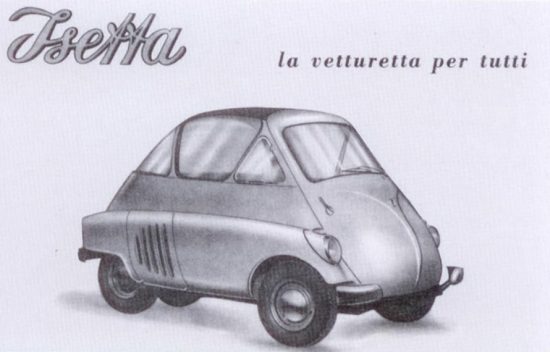
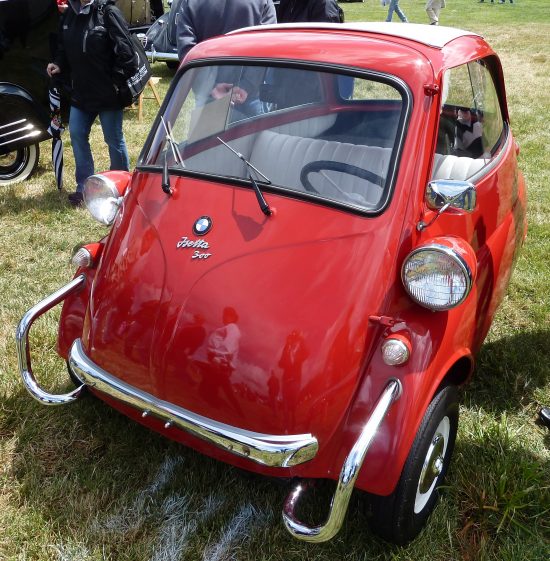
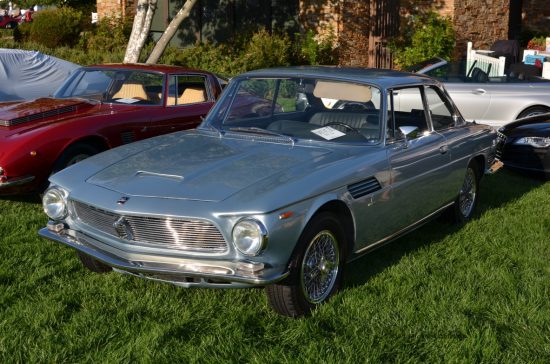
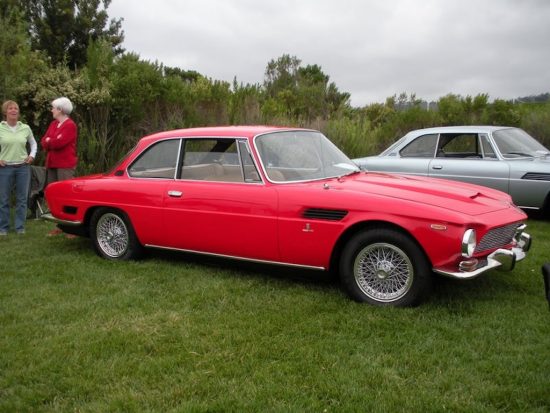
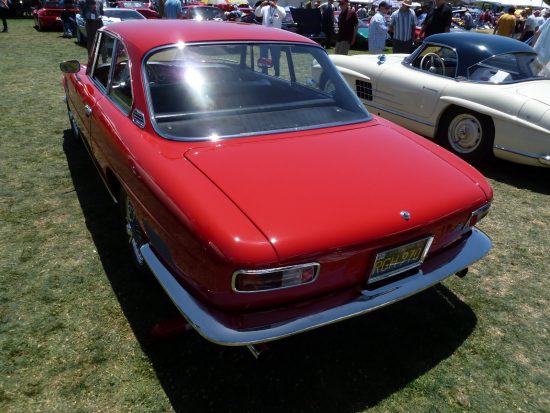
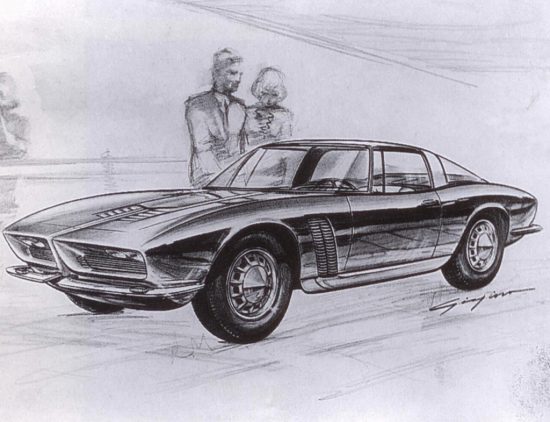

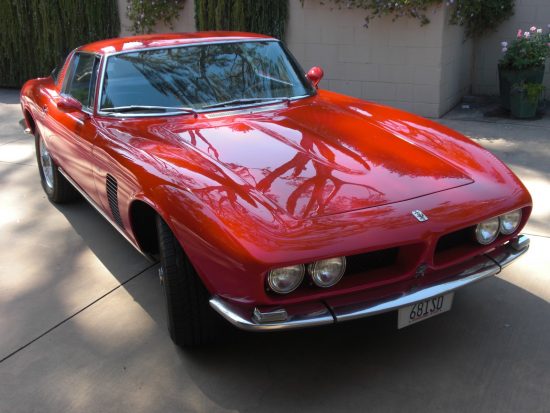
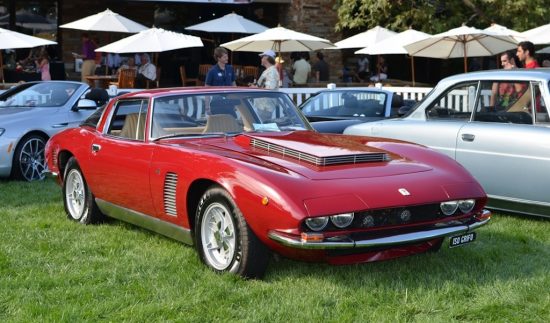
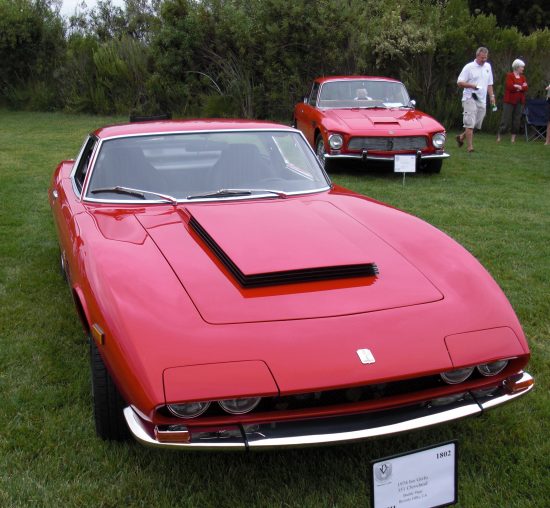

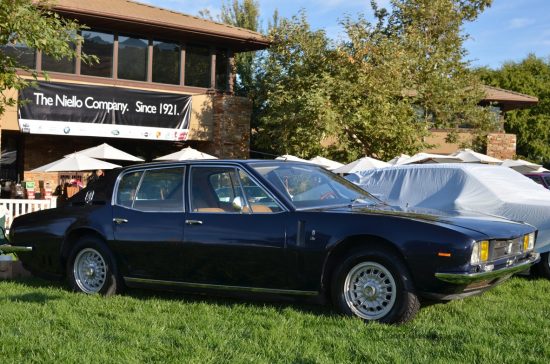
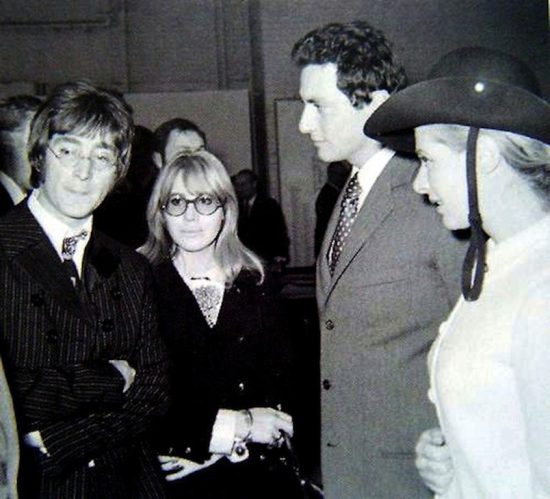
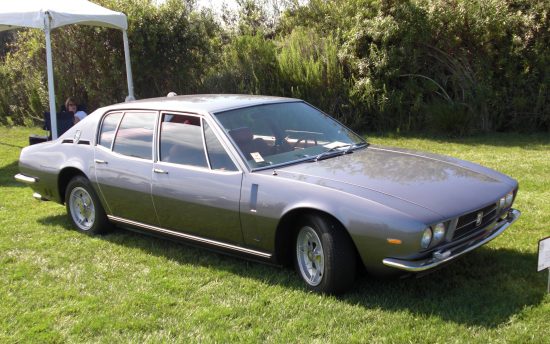
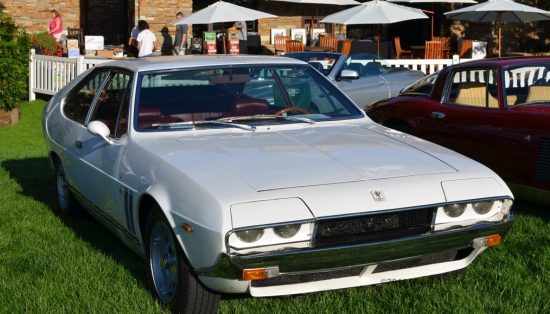

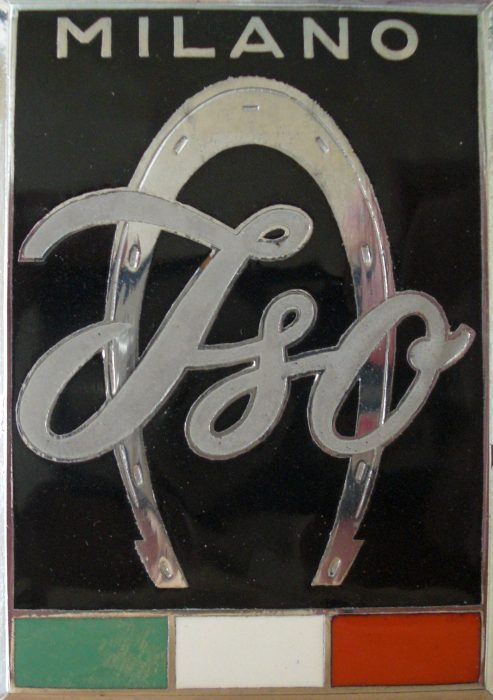


Recent Comments